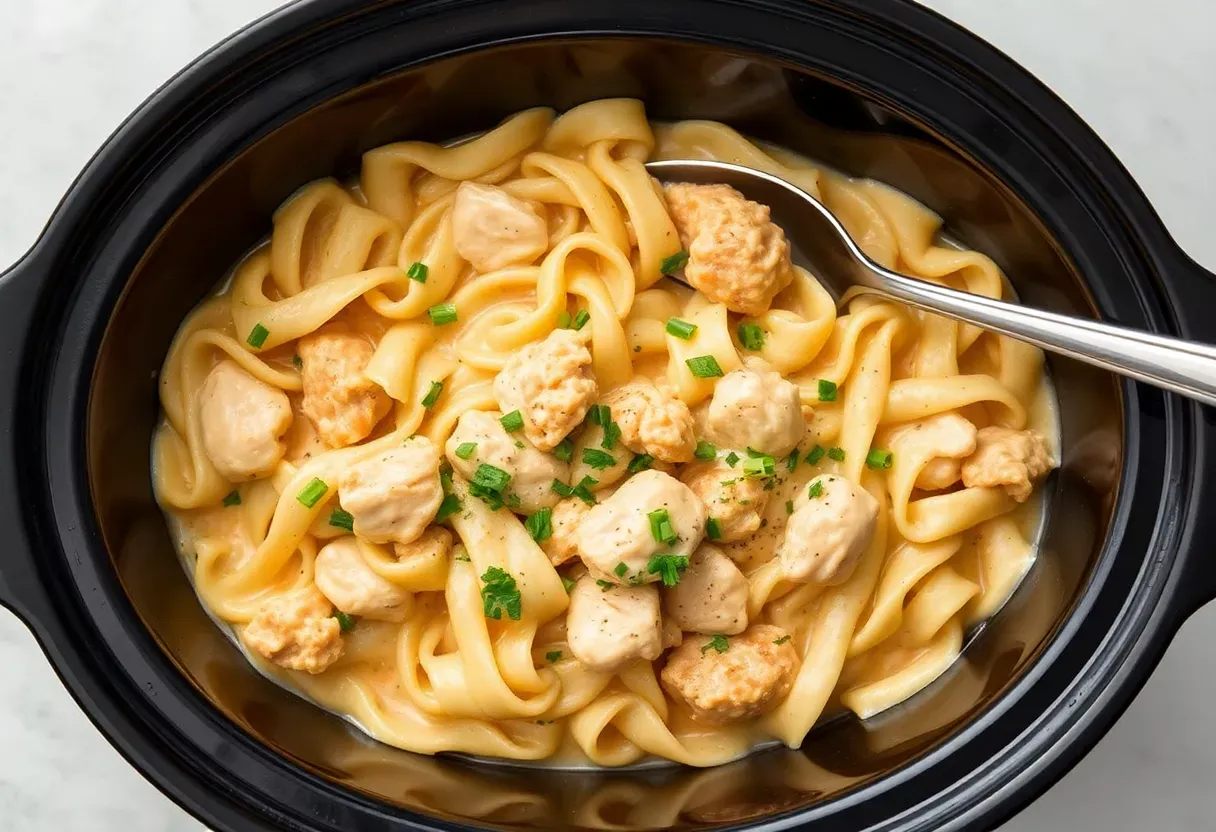Picture this: you just pulled a perfect pot roast out of the oven. It’s tender, juicy, and smells like a Sunday dinner at grandma’s.
But what’s left in the pan? Liquid gold—aka drippings—and you’re about to toss it like last week’s leftovers. Big mistake.
Turn those drippings into gravy so good it’ll make your mashed potatoes weep with joy. No fancy skills required. Just a few minutes, basic ingredients, and zero regrets.
Why This Gravy Recipe Will Ruin Store-Bought for You
This isn’t just gravy.
It’s a flavor bomb made from the concentrated essence of your pot roast. Store-bought gravy tastes like salty disappointment compared to this. The drippings already have depth from the meat, herbs, and caramelized bits (aka fond, if you want to sound fancy).
All you’re doing is amplifying that goodness with a few pantry staples. It’s lazy genius at its finest.
Ingredients (a.k.a. Stuff You Probably Already Have)
- Pot roast drippings (the star of the show)
- 2 tbsp butter or fat (because more fat = more flavor)
- 2 tbsp all-purpose flour (the glue that holds it all together)
- 1 cup beef broth or water (broth adds extra oomph)
- Salt and pepper (to taste, but don’t be shy)
- Optional: A splash of Worcestershire sauce, garlic powder, or thyme for bonus points
How to Make Pot Roast Gravy: A Foolproof Listicle
- Strain the drippings. Pour them through a fine mesh sieve to remove rogue meat bits.
Or don’t—live dangerously.
- Make a roux. Melt butter in a saucepan over medium heat, whisk in flour, and cook for 1-2 minutes until it smells nutty. This is your gravy’s foundation. Don’t burn it.
- Add drippings slowly. Whisk constantly to avoid lumps.
If it looks too thick, splash in broth or water until it’s pourable but still coats a spoon.
- Season. Taste before adding salt—drippings can be salty already. Pepper is non-negotiable.
- Simmer. Cook for 2-3 minutes until it thickens. Congrats, you just upgraded your meal from “meh” to “mic drop.”
How to Store Leftover Gravy (If There Is Any)
Pour cooled gravy into an airtight container and refrigerate for up to 3 days.
Reheat on the stove with a splash of broth to loosen it. Freezing works too—just thaw and whisk aggressively to bring it back to life. FYI, it might separate a little, but it’ll still taste amazing.
Why This Gravy Is a Game-Changer
First, it’s free flavor.
You already made the drippings—why let them go to waste? Second, it’s customizable. Add mushrooms, red wine, or a dash of hot sauce if you’re feeling fancy.
Third, it impresses people. Serve this at Thanksgiving and watch your in-laws finally respect you.
Common Mistakes (and How to Avoid Them)
- Over-thickening. Add liquid gradually. You can always thin it out, but fixing cement-like gravy is a pain.
- Underseasoning. Taste as you go.
Gravy should punch you in the face with flavor, not whisper politely.
- Burning the roux. Medium heat is your friend. If it smells like toast, start over.
No Drippings? No Problem.
Try These Alternatives.
Forgot to save the drippings? Panic not. Use store-bought beef stock and simmer it with a pat of butter to mimic richness.
Or, cheat with a gravy packet (we won’t judge) and spike it with a spoonful of soy sauce for umami. IMO, drippings are best, but life happens.
FAQs
Can I use cornstarch instead of flour?
Yes, but it’ll give you a glossier, less velvety texture. Mix 1 tbsp cornstarch with 1 tbsp cold water before adding to avoid lumps.
Why is my gravy lumpy?
You didn’t whisk hard enough.
Strain it or blast it with an immersion blender to fix it. Or call it “rustic” and serve it anyway.
Can I make this gravy ahead of time?
Absolutely. Make it, cool it, and reheat with extra liquid.
It might thicken in the fridge—just adjust as needed.
Final Thoughts
Pot roast gravy from drippings isn’t rocket science. It’s resourceful, delicious, and the easiest way to look like a kitchen hero. Stop throwing away flavor.
Start making gravy. Your future self (and your mashed potatoes) will thank you.






